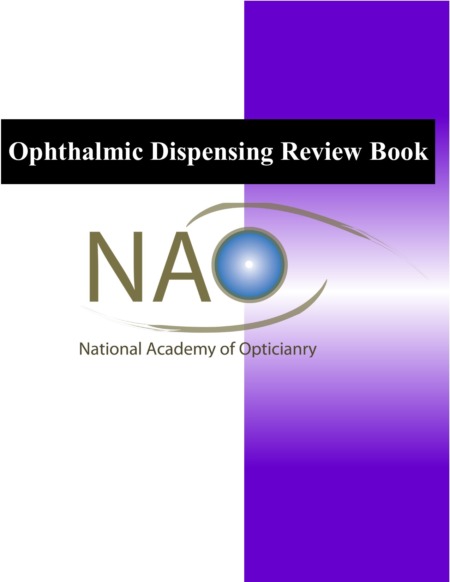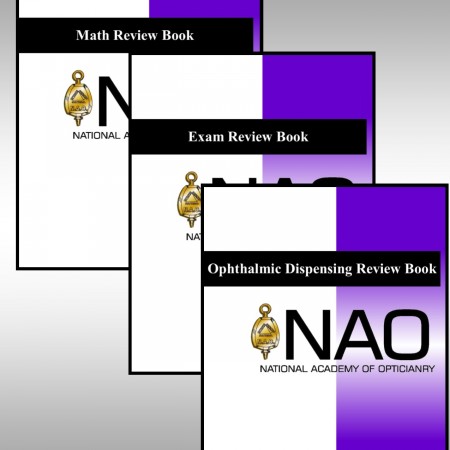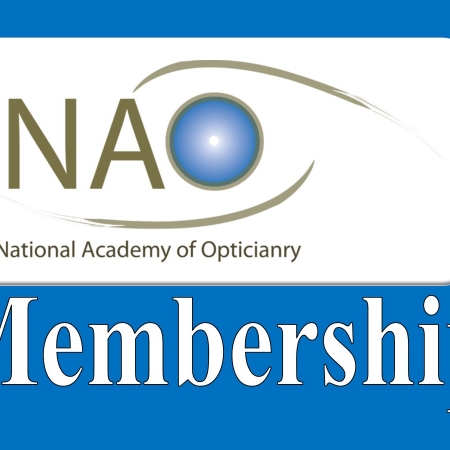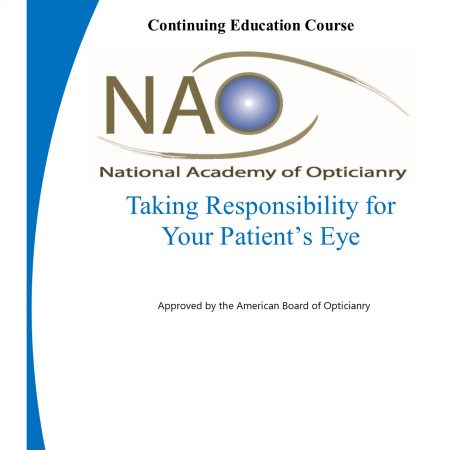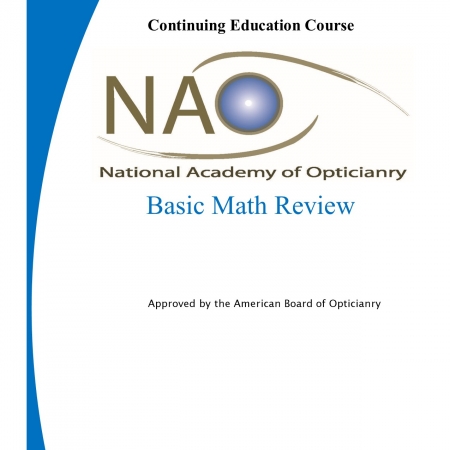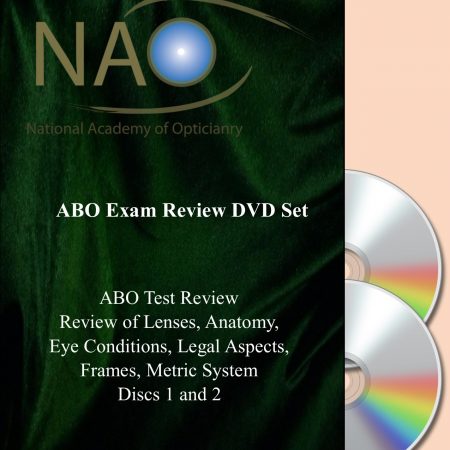Description
ABO All Levels Teaching & Review Tool: Ophthalmic Dispensing Review Book (#ODR) – Updated 2019
(The following is a random selection of text from the Ophthalmic Dispensing Review Book)
34. A correct statement regarding the law of refraction is that:
a. Light bends away from the normal when it enters a medium denser than the one in which it was traveling
b. Light bends toward the normal when it enters a medium denser than the one in which it was traveling
c. The angle of refraction is equal to the angle of incidence
d. The angle of refraction and the angle of incidence lie in different planes
35. Any bundle of rays passing through a converging lens is made:
a. Nearer to parallel
b. Nearer to the critical angle
c. More converging
d. Less converging than before
36. The ray that can pass through a lens without being refracted is called:
a. The critical ray
b. A normal ray
c. The chief ray
d. The axial ray
37. The angle of incidence, for which the angle of refraction is 90 degrees is called the:
a. Critical ray
b. Emergent ray
c. Angle of reflection
d. Critical angle
38. When parallel incoming rays strike a convex mirror, the reflected rays:
a. Are made convergent
b. Seem to focus in front of the mirror
c. Seem to originate from behind the mirror
d. Are reflected parallel to the optical axis
39. A ray entering a less dense medium, striking the interface at an angle greater than the critical angle will be:
a. Refracted at an angle less than the critical angle
b. Refracted at an angle equal to the incident angle
c. Reflected partly and refracted partially
d. Totally reflected internally
40. The image formed at the secondary focal point of a converging lens is:
a. A virtual image
b. Larger in size than the object
c. Equal in size to the object
d. A real image

